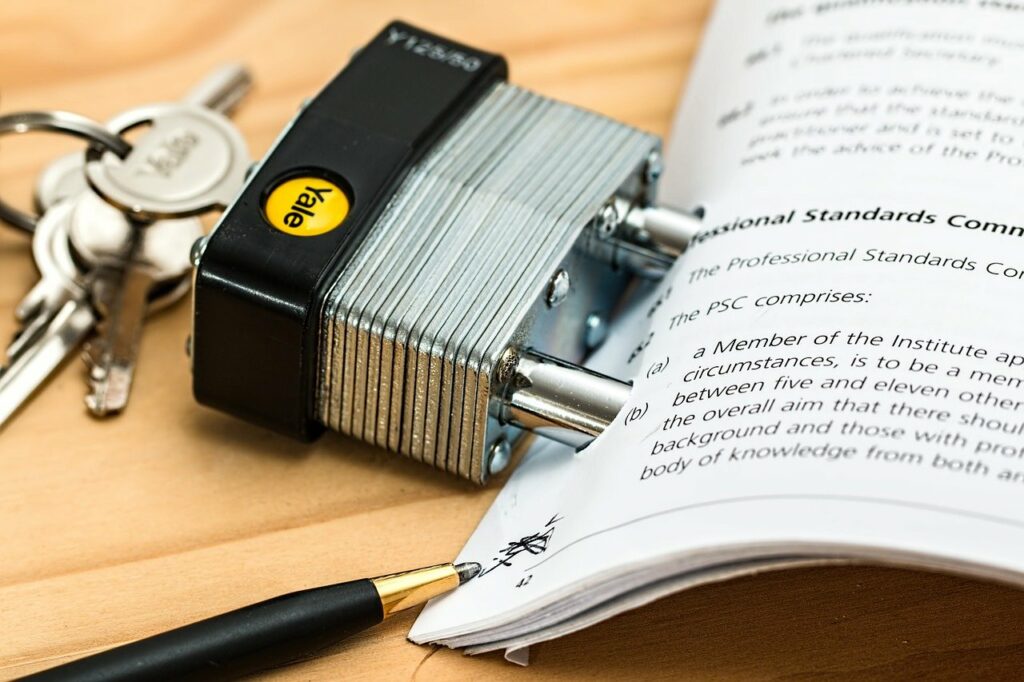
This, unfortunately, is a fairly common situation. A gym owner starts to fall on tough times and needs to get out of a lease. Or, the gym wants to move to a better location before the end of the current lease. So, it is possible to just break a lease?
A Real Situation
Here’s a situation we had recently. A gym owner bought a second gym through an asset purchase and wanted to combine both gyms into one location. The location of the new gym was better suited for the combined gym. So the gym owner wanted to break the original lease. They reached out to us for help.
Generally Speaking
We started with general legal principles: A lease is a binding contract. State laws do not typically provide avenues to break them outside of obvious landlord negligence. In an instance like this, obvious landlord negligence would be the landlord violating the lease. For example, the lease says the landlord has to maintain the roof, the roof is leaking, and the landlord refuses to repair it. Here, the gym owner may have the ability to walk away from the lease. However, that wasn’t the situation in this case.
So, Now What?
Because we couldn’t point fingers at the landlord, we were left to finding exit clauses in the lease or basically asking permission to break the lease. Exit clauses exist, but are very rare. Gym owners often have to negotiate them before signing the lease. We can count on one hand the number of times we’ve seen exit clauses in leases we’ve reviewed. As such, we were left to asking permission.
There are five common ways to break a lease with permission:
5 Ways to Break a Lease with Permission:
- Have a conversation with the landlord: By far the easiest way to break a lease. Unfortunately, it is also the very rare. This method involves the gym owner simply telling the landlord that they need out of the lease. The landlord then gives good graces to move on. Landlords are most willing to go this option when the gym is failing. The landlord recognizes that it is a waste of time to go after the gym owner for money. This options also works when the location is in a hot spot for business with a lot of turnover.
- Offer to help the landlord find a new tenant: Most commercial leases make the tenant responsible for reimbursing the landlord for all costs associated releasing a property after a default. As such, a tenant looking to break a lease may offer to cover some or all of these costs for the landlord. Gym owners have a lot to negotiate with this option. Ideally, a landlord agrees to allow the gym owner to leave if the gym owner pays for the landlord’s advertising and other costs in finding a new tenant. Tenant will likely pay less than monthly rent, so it can at least save the moving gym owner some money.
- Proactively find a new tenant: Here, the gym owner is offering to do all of the work. The gym owners removes the landlord’s burden of finding a new tenant. The moving gym owner is essentially bringing someone to the landlord and saying, “I need to move, but here is someone ready and willing to take over my space.” Most landlords will go along with this option. The gym owner has made sure the landlord won’t lose money. The moving gym owner needs to be careful here. The landlord needs to agree to a new lease with the new tenant. The gym owner will maintain liability under the lease when subleasing or assigning (more on this below).
- Try to assign or sublease to a new tenant: Most leases give the tenant the ability to assign or sublease to a different tenant. The lease often states how much control the landlord maintains over the ability of the tenant to do so. Assigning a lease means a new tenant is added to the current lease, shares liability for the various lease terms, and pays the landlord directly. Subleasing a lease means the current tenant is a pseudo landlord to the new tenant, collects rent directly from the new tenant, and pays the original landlord. Depending on the lease, this can be easier than option #3 above because it is low risk to the landlord. However, the reason it is low risk to the landlord is because the original tenant, the gym owner moving out, still maintains liability for all of the lease provisions. So, if the new tenant defaults in any manner, the moving gym owner will still be on the hook.
- Offer a financial settlement: As a last resort, a moving tenant may try to offer a lump sum payment as settlement of the lease. For example, if there are 12 months left of the lease, the gym owner may offer to give the landlord 4 or 6 months of rent as a lump sum payment. This gives the landlord working capital for a few months while the landlord tries to find a new tenant. This option is usually best when there isn’t a lot of time left on the original lease term.
What We’ve Learned
We wish we had better options for gym owners to break a lease. Unfortunately, laws often consider business owners to be better educated about signing contracts. As such, tenants of commercial property have a harder time breaking the leases than residential tenants.
In situations like these, we’ve learned gym owners need to have open and honest conversations with landlords. Surprising a landlord with a default never works. Landlords are much more flexible when they feel like they have control over their property.



